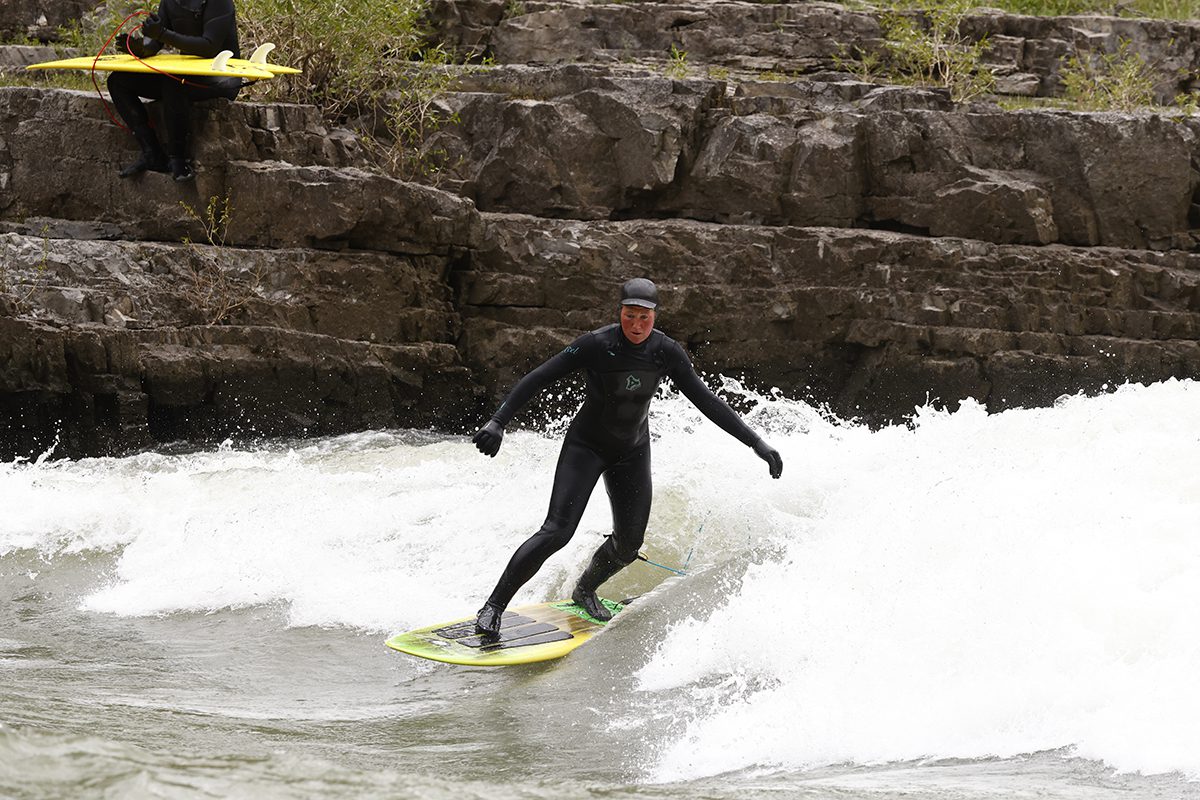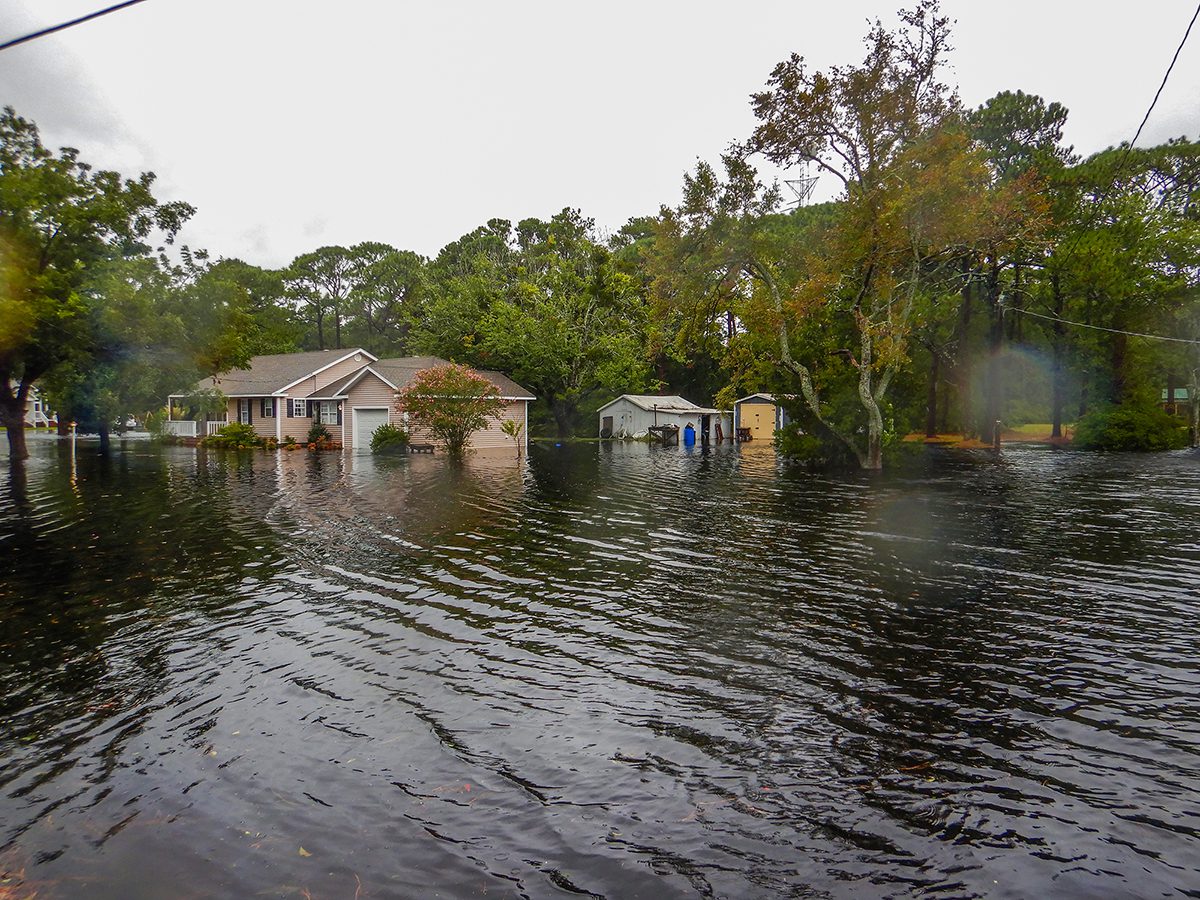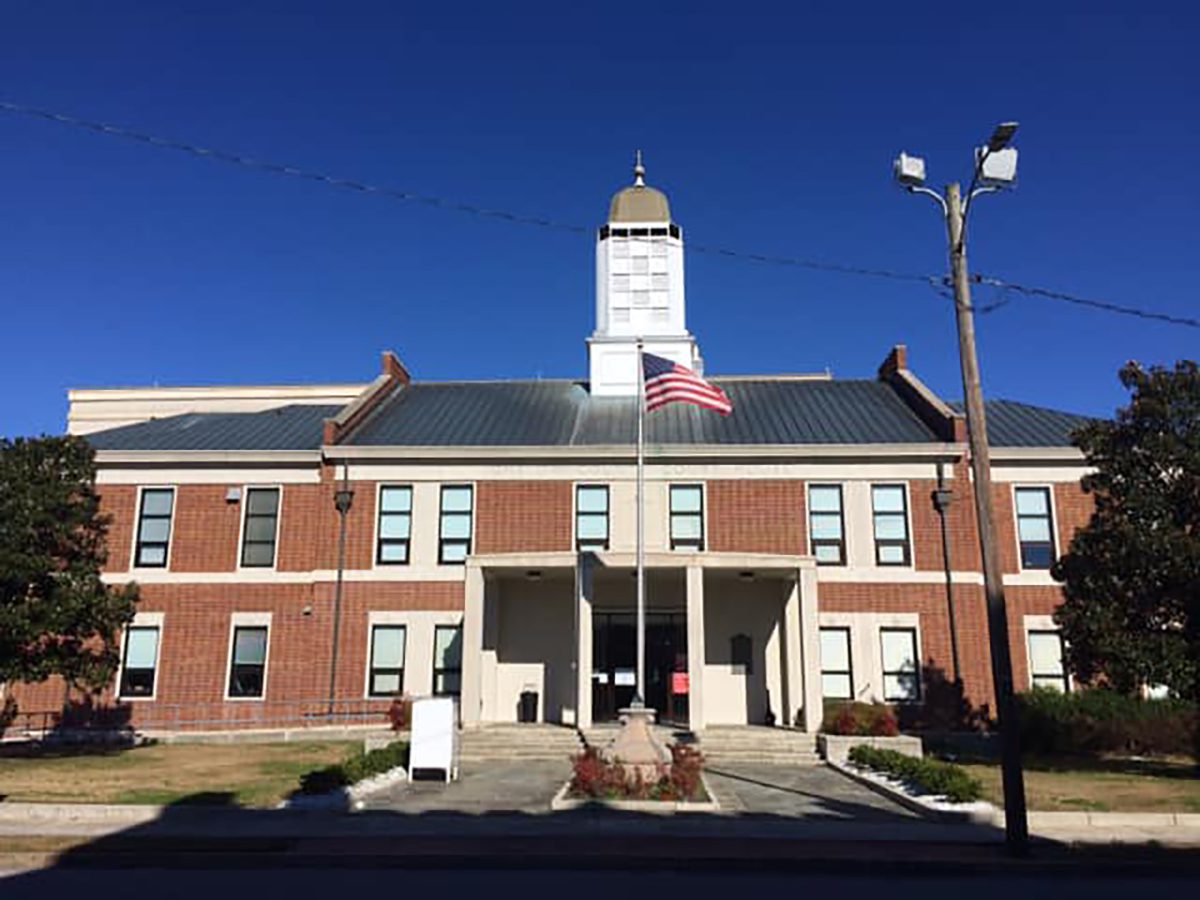
Part of a history series examining each of North Carolina’s 20 coastal counties.
Visitors to the Crystal Coast often stop at the scenic town of Swansboro on their way down to Beaufort or Atlantic Beach. This town has become associated with the beaches and hamlets that have made Carteret County famous, but Swansboro is actually part of neighboring Onslow County, an area better known for its sprawling Marine Corps Base Camp Lejeune than for its history or beaches.
Sponsor Spotlight
From colonial leaders and war heroes to its miles of barrier islands and maritime forests, Onslow County may deserve greater recognition as a tourist destination along the North Carolina coast.
Onslow County was formed through the same migration that established other southeastern counties such as New Hanover and Pender. Following the Tuscarora War, English settlers moved north from South Carolina and south from the Albemarle region to settle near the Cape Fear River. These settlers used the river both for personal transportation and to carry their agricultural products and naval stores to oceangoing vessels. But the Cape Fear was not the only river in the region that afforded these benefits. Two others were the White Oak River and the New River, shorter than the Cape Fear but also deep and with its own stable inlet.
The presence of these rivers was a major impetus for the early formation of Onslow County. The first counties in North Carolina were wide tracts of land that sometimes extended for dozens or hundreds of miles. New settlers worked their way down major rivers and creeks from the first ports or towns. Eventually, these settlers found themselves several hours or days away from their courthouse and petitioned the colony for a new county. In 1734, this process occurred in the northeastern section of New Hanover County near New and White Oak Rivers, and a new county was formed.
The new county was named after Arthur Onslow, a powerful English politician and longtime speaker of the British House of Commons, as noted by historian David Leroy Corbitt.
Sponsor Spotlight
The greater White Oak and New River areas became a locus for settlement in the mid-18th century. Families such as the Starkeys, Warburtons, and Grants reached the area and set up small settlements and plantations. By the late 18th century, the area had its first significant town. Swansboro was established in 1783 and named for Samuel Swann, one of the colony’s most accomplished political leaders. He served as speaker of the Colonial Assembly and was a member of William Byrd’s 1728 expedition to survey the boundary line between North Carolina and Virginia, according to the N.C. Highway Historic Marker program.
The antebellum period was one of exciting changes for Onslow County. Early in the 19th century, one of the county’s most famous historical figures made his name on the high seas. Otway Burns was a local shipbuilder and politician. At the beginning of the War of 1812, he became a privateer and commanded a ship, the Snap Dragon, which captured a number of prizes in the Caribbean and off Nova Scotia before being captured itself in 1814. Burns later built the first steamship in North Carolina. He died in 1850, and his grave in Beaufort is currently marked by a memorial topped with a cannon. A statue of Burns stands in Bicentennial Park in Swansboro.
A few decades later, the population of Onslow County expanded to the southwest. Residents founded a new town at the site of the old courthouse on New River. Established in 1849 and named after the former president, Jacksonville was much smaller than Swansboro throughout its early history. It is home to the Pelletier House, named after turpentine magnate Rufus Ferrand Pelletier. This house, known for the spring in the backyard and its overarching porch, is the oldest structure in Jacksonville, according to the house’s National Register nomination.
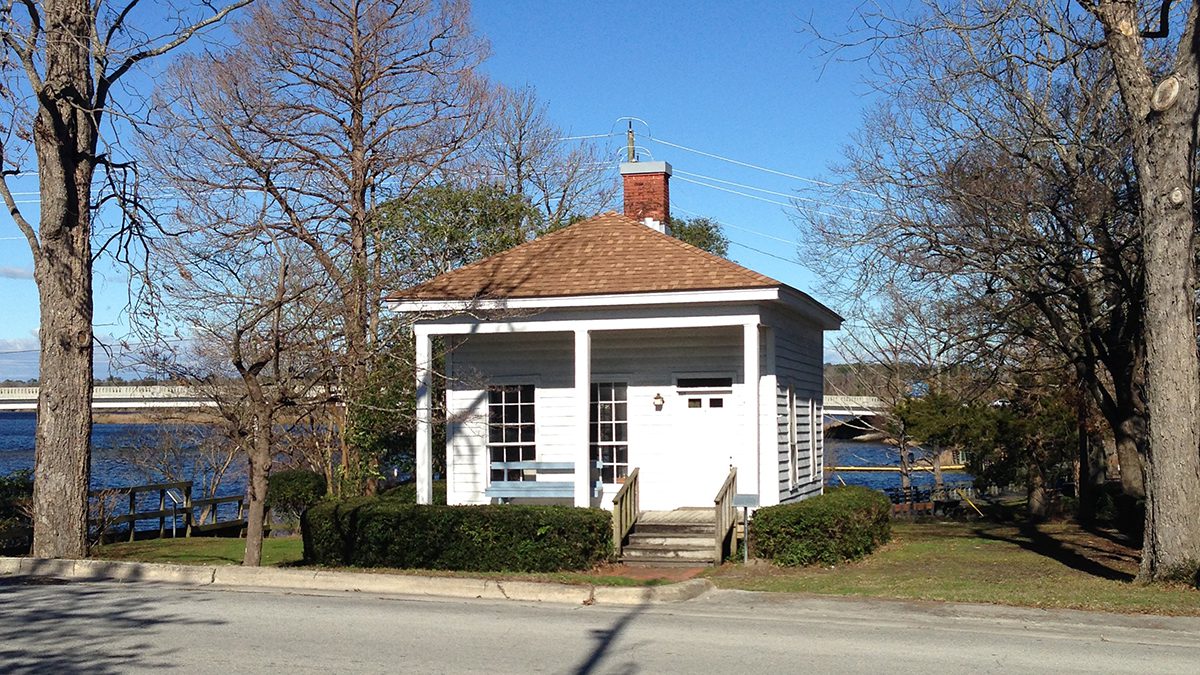
The founding of Jacksonville only slightly affected the modest growth of the county. Onslow County’s population increased by about 50% between 1810 and 1860. What wealth the county had was a result of exploitation from slavery, with over 40% of the county’s population enslaved in 1860, according to the Hergesheimer map.
The Civil War mainly bypassed Onslow County. The Union was more interested in Fort Macon to the north and the greater Cape Fear area to the south. But there was some action in Swansboro and on the county’s barrier islands. County historian Alan Watson noted that after 1862 the White Oak River “constituted the division between the Union-occupied area in eastern North Carolina and the Cape Fear defense district of the Confederacy.”
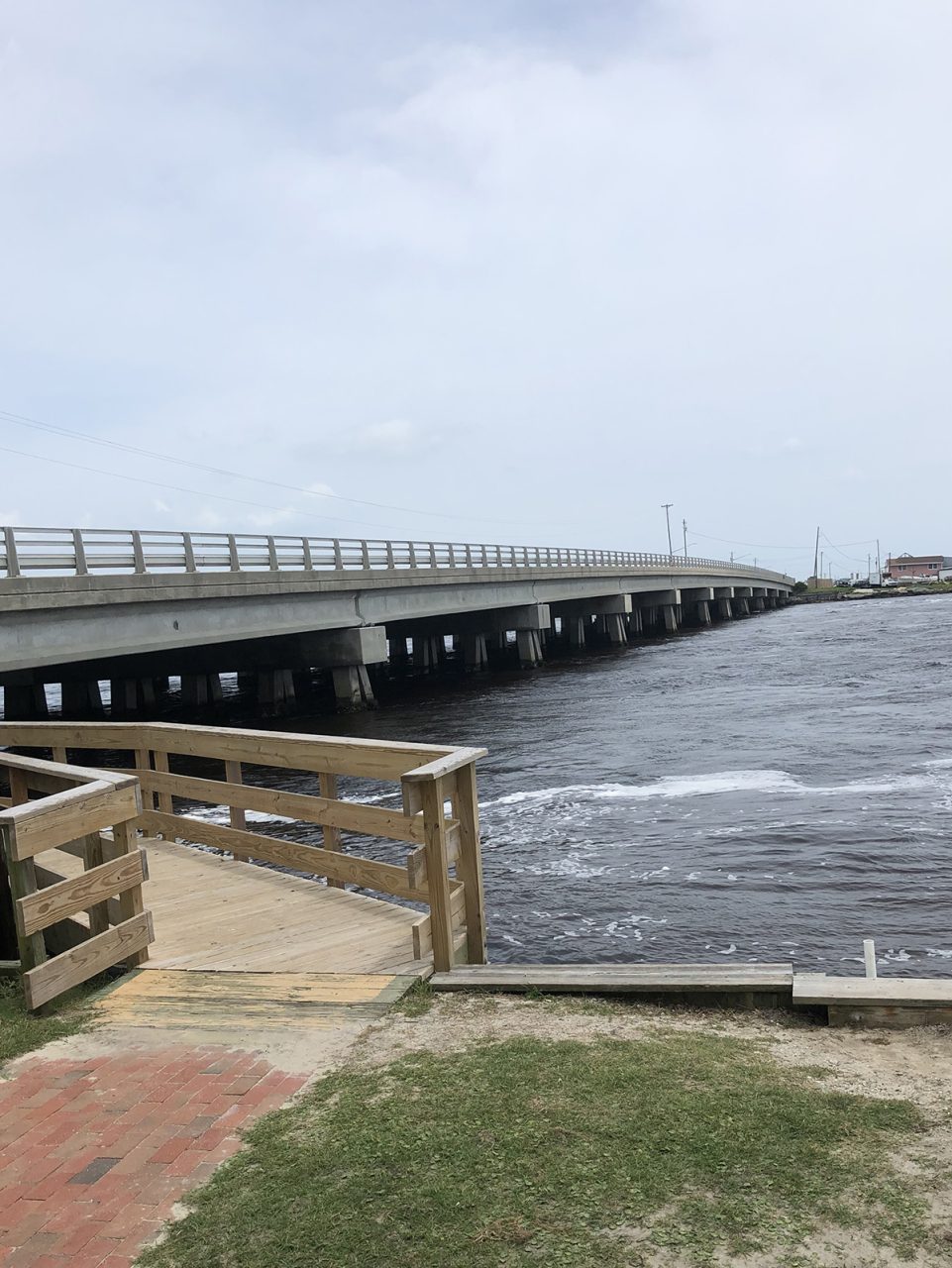
Following the war, Onslow County was part of the 3rd Congressional District, which was at one time represented by Daniel Russell, a future Republican governor. After numerous fits and starts, a substantial railroad finally reached the county in 1891, according to Watson. The new railroad, which connected Jacksonville to Wilmington — and later New Bern — led to the formation of towns Holly Ridge and Verona.
During the early 20th century, Jacksonville continued its slow growth, with the Onslow County Courthouse that stands today — with renovations — being built in 1904. The entire region received a jolt in 1942 with the founding of Camp Lejeune. This Marine Corps base, one of the largest in the country, was located near Jacksonville because of the area’s water accessibility, cheap land, and barrier islands that were perfect for amphibious landings. It was named after John A. Lejeune, a longtime Marine Corps commandant.
Construction of the base also led to the end of the small New River village of Marines, which was swallowed up by the base and whose residents were forced to move. Camp Lejeune played a pivotal role in training and military preparations for both the Second World War and the Vietnam War. After 9/11, the base closed to civilian traffic along N.C. Highway 172, cutting off the small community of Sneads Ferry from the northern approach to Swansboro and Carteret County.
The development of Camp Lejeune has dominated much of Onslow County since the mid-20th century. Jacksonville continues to grow and has gained a variety of businesses such as international restaurants, used bookstores and a mall. Surrounding towns and communities have experienced a massive increase in population. The community of Sneads Ferry has had to adapt to new housing development and a sprawling business district on Highway N.C. 210, challenging its historic identity as a quaint fishing village.
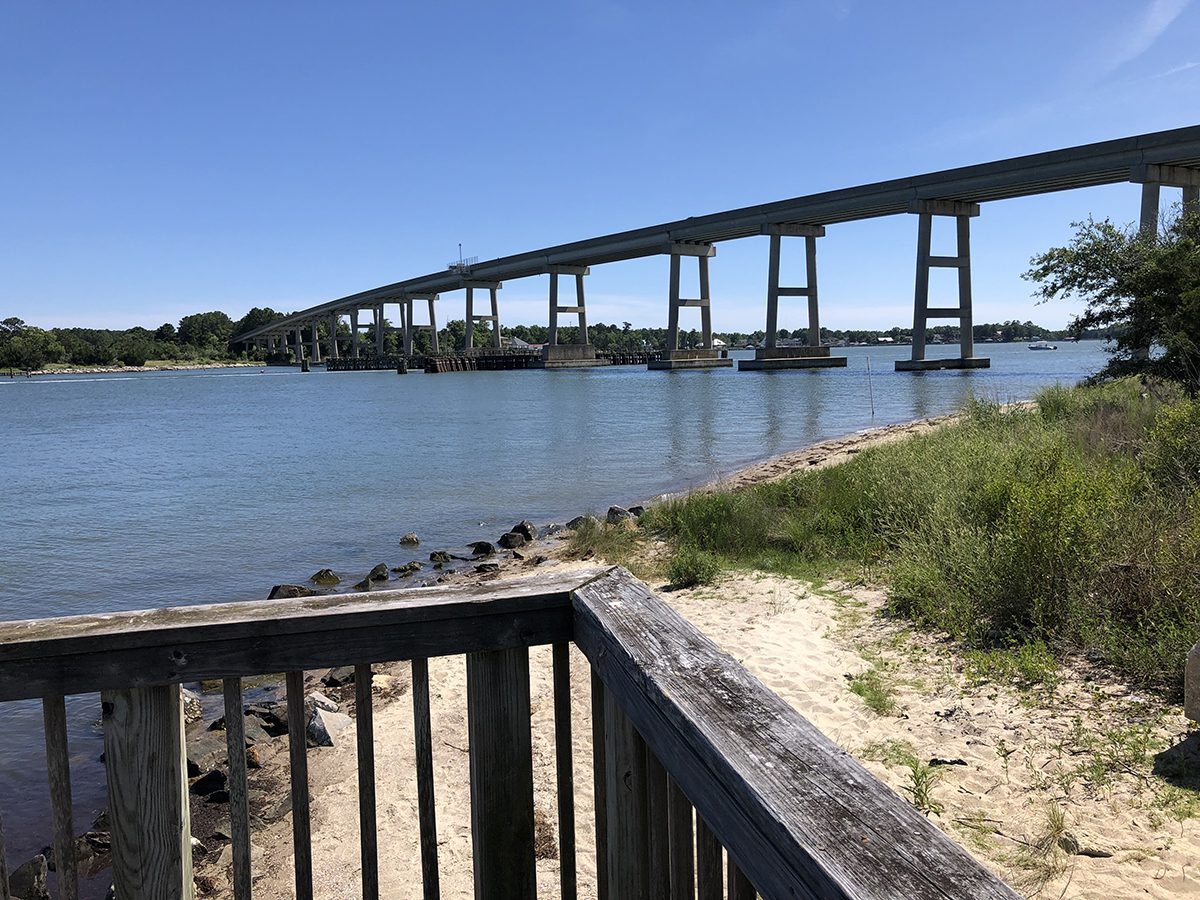
The county’s periphery has had its own developments during the past five decades. Swansboro has benefited from its proximity to the Carteret County beaches. It is a center for historic homes and hosts the Mullet Festival, an annual tradition celebrating fishing and the completion of the White Oak River bridge, according to Carolina Coast Online. There has also been a considerable amount of nature-related tourism to the county. This natural tourism has extended back decades. Hammocks Beach State Park, founded in 1961, was one of the few state parks established for African Americans prior to park integration in 1964.
Jacksonville and the small towns throughout the rest of Onslow County have been home to several remarkable people. These include former governor Edward B. Dudley, University of North Carolina sports announcer Jones Angell, former Notre Dame football coach Tyrone Willingham and astronaut Christina Koch. There was also Art Bell, a broadcaster and conspiracy theorist who founded the radio show “Coast to Coast A.M.”
The 21st century has brought new challenges to the county. County officials have had to contend with rising sea levels and eroding beaches, most notably at the northern end of Topsail Island. Camp Lejeune is still dealing with a contaminated water crisis that has made national headlines. But tourism is still booming, and the military base continues to bring new residents, jobs and funding.




